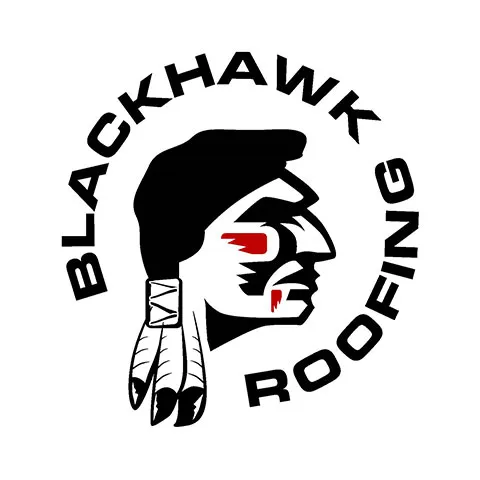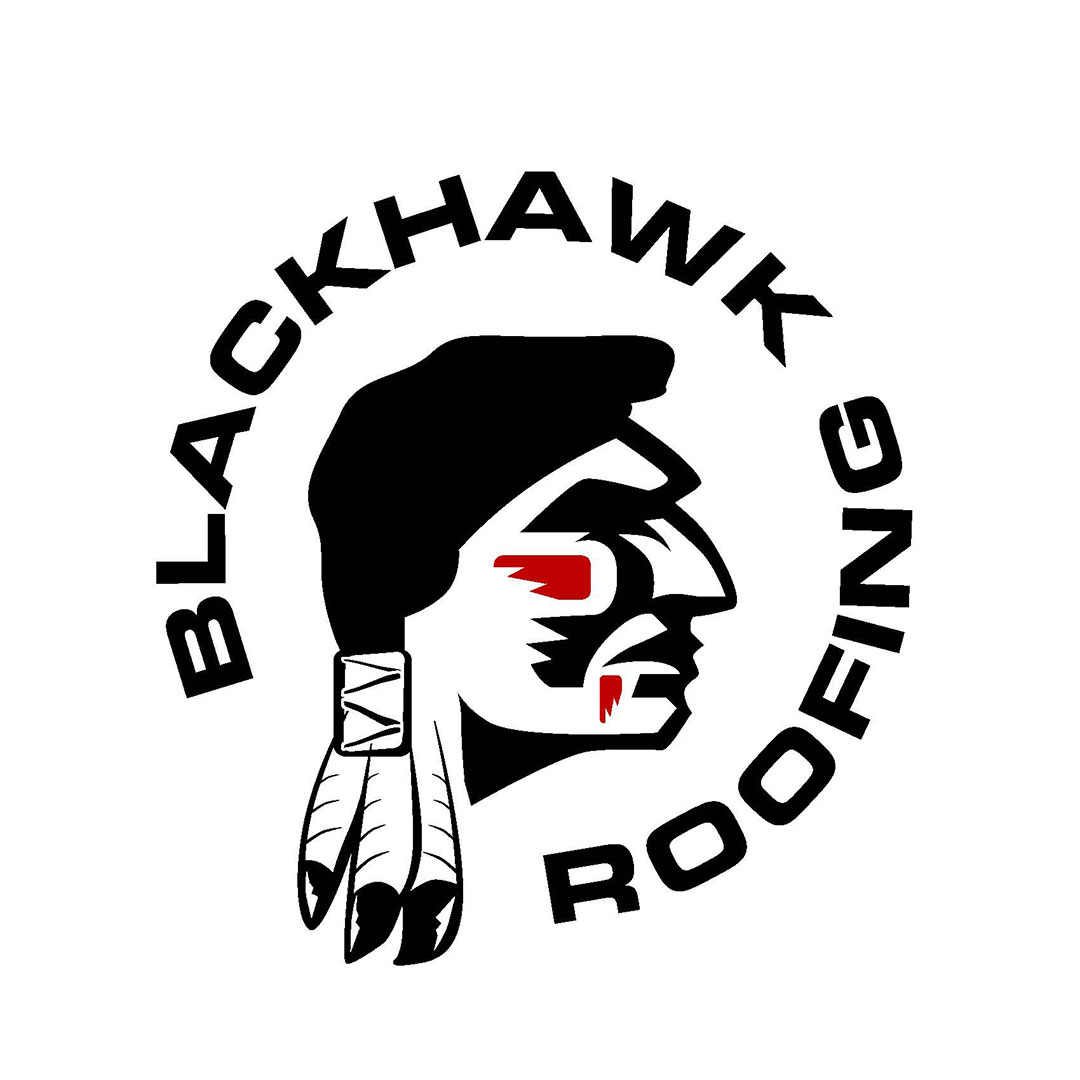
When to replace your roof
Don't take chances regarding your roof—it keeps you and your family safe. Here's when to call a professional roofer about a roof replacement.


What to do if you think your roof needs to be replaced
A sturdy roof keeps your home, your family, and your personal belongings safe. As a rule of thumb, you should inspect your roof every year. If you follow the steps in the list below, and one of the signs points toward needing a new roof, it's time to call us. Blackhawk Roofing can assess your current situation and recommend a repair or roof replacement.
Six signs your roof should be replaced
1. Your roof Is old
Residential roofs typically age 20 to 25 years before needing to be replaced. If your roof is on its last legs, now may be the perfect time to get an estimate from a roofer. As an alternative to a full replacement, you can also opt for overlaying- where new shingles are laid directly on top of the existing ones. This alternative can be more affordable than a total roof replacement and make your house look fresh again. Despite being cost-effective, however, it's advised to completely replace the old roof instead; this way you can make sure any problems underneath the shingles are solved and have a roof that lasts for many years in return.
2. Your shingles are curling, buckling, or missing
Residential roof damage can cause homeowners a lot of major headaches. If your home receives direct sunlight on its roofs, you should be especially vigilant and check regularly for signs of curling, buckling or missing shingles. Warped or worn out shingles are an indication that it’s time to completely replace the roof. However, often only a few shingles are damaged, and these can be replaced more simply and easily than changing the whole roof. Be sure to also inspect where the different slopes of the roof meet - known as valleys - where water runoff is most commonly directed into gutters so that it doesn’t penetrate your walls. Wind damage, wear and tear from snow or hail all class as sources of valley degradation and if these components are showing signs of disintegration, leaking could occur in your roof if left unchecked. Finally, inspect your gutters and downspouts for any collected granules; this is a telltale sign that your shingles are beginning wear out faster than normal.
3. Your roof has sagging or droopy areas
Residential roofs can experience sagging due to moisture over time, which can be a serious issue. It's always best to check your roof regularly and if you do spot droop or saggy spots, this should serve as a warning sign that the decking, the structure that holds your roof up, has been weakened and will likely require a full replacement. If it is safe for you to walk on your roof, it's important to observe how it feels - if it then bounces under your feet like a trampoline, you know that the problem is even more serious and evacuation from the roof is definitely necessary. Don't just cross your fingers and hope for the best; take action when you spot roof damage now in order to avoid bigger problems later.
4. Your chimney flashing is damaged
Residential roof flashing is an essential element of a home that many fail to take into consideration. Used in areas around the chimney, this material typically made of aluminum or steel is there to provide a water-tight seal for your home's protection against the elements. However, like with most things, it won't last forever. Inspectors recommend checking for rusting and cracked flashing every 30 years or so as these issues can result in damage from water seeping inside the chimney and ultimately the rest of your home. If you're concerned about the state of your Residential Roof Flashing, be sure to consult a local roof inspector - they will be able to tell if fixing should be prioritized!
5. You can see daylight from the attic
Residential roof damage should be inspected regularly, especially if the home is older. The attic is typically one of the first places to look for potential problems with the roofing system. If light from the outside can be seen filtering through the roof boards, it is an indication that there may be an issue like a missing shingle or underlying structural problem. In addition to checking for daylight, homeowners should keep an eye out for any water stains on the interior ceiling and examine existing insulation for signs of moisture accumulation, which indicate leaking in the roofing. If either of these conditions are present, it could signify a serious issue and immediate action should be taken to address it.
6. Your roof is turning into a garden
Residential roof moss vegetation can cause a lot of problems if not taken care of. Moss and overgrowth can damage roofing materials, and if left unchecked, it can invite pests and other insects to move in. Cleaning your roof is an important part of maintenance, but it's not always an easy task. Fortunately, there are several options when it comes to cleaning your roof. You can purchase store-bought chemicals or make a DIY solution at home. If you don't feel comfortable doing this yourself, you can also contact a professional roofer to help you out. Taking care of the vegetation on your home's rooftop is a necessary step towards keeping it healthy and strong for years to come.
Blackhawk Roofing has built replacement roofs for thousands of residential and commercial customers in Springfield and Central Illinois. We've also done many hundreds of roof repairs. Blackhawk Roofing provides outstanding value on every project. Call owner Dan Schnell at 217-741-6251 to request a Free Estimate.

Licensed Roofing Contractor
Blackhawk Roofing is a licensed, certified, and insured roofing contractor. We specialize in residential roofing and EPDM commercial roofing. We have repaired or replaced thousands of old and damaged roofs in Springfield and Central Illinois.
Latest posts
Proud to be the best roofing contractor in Springfield





